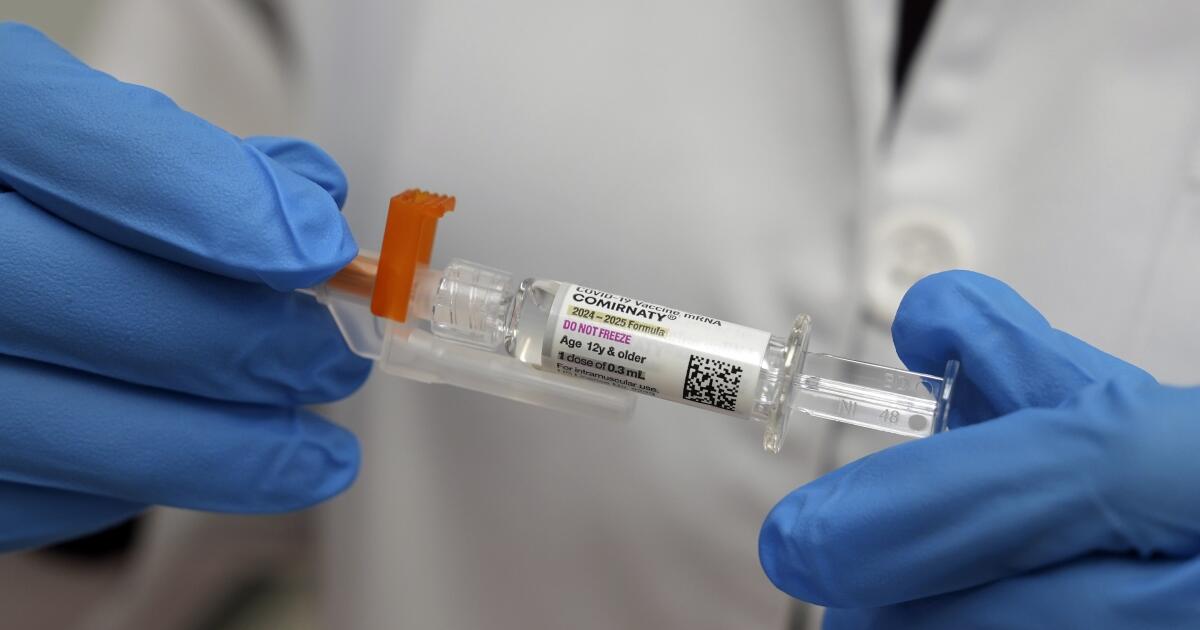A US weapons company has unveiled a first-of-its-kind laser that can be mounted onto spy drones, allowing them to melt missiles in mid-air.
General Atomics unveiled the new defense technology at the Sea Air Space 2025 event in National Harbor, Maryland this month.
The company equipped its MQ-9B SkyGuardian — an autonomous intelligence, surveillance, and reconnaissance (ISR) drone — with this laser.
It currently emits about 25 kilowatts of energy, enough to disable or destroy small targets. This system could help the US military take down large groups of low-cost, disposable drones.
But General Atomics claims it could be scaled up to as much as 300 kilowatts, which could take down large aircraft and missiles by melting or burning through their critical infrastructure.
What’s more, the laser can emit both pulsed and continuous bursts of energy and is capable of operating in all types of environments.
At the event, video footage showed the MQ-9B using the laser to shoot down incoming attack drones similar to Iran’s Shahed ‘kamikaze’ drones, which were heading toward a navy ship for the purposes of this demonstration.
Using a laser-equipped drone to destroy small attack drones or cruise missiles would save the military thousands of dollars, as expensive, non-reusable missiles are currently used to conduct this type of defense.
A US weapons company has unveiled a first-of-its-kind laser that can be mounted onto spy drones, allowing them to melt missiles in mid-air
A laser beam can’t be directly destroyed, and it will keep inflicting damage as long as it has power.
But the biggest caveat to this technology is that a drone’s power supply is limited, which means the laser could falter in the field.
The MQ-9B drone is capable of flying for more than 40 hours on a single charge, but the addition of the laser will likely reduce its battery life, though its unclear by how much.
Still, the development of this system marks an important step toward operationalizing airborne high-energy lasers (HEL) for defense.
The US military has been working toward this goal for years, but faced numerous technological, logistical and financial hurdles that staunched progress.
The Air Force’s Self-protect High Energy Laser Demonstrator (SHiELD) program, which aimed to develop technologies that could protect aircraft from incoming missiles, was scrapped in 2024 without a prototype or test flights to show for their efforts.
But the Air Force Research Lab, which launched the project, said it had made ‘significant advances in the readiness of airborne HEL technology.’
It’s possible that some of these gains informed the design of MQ-9B’s new laser, though General Atomics’ technology is the result of an entirely separate research and development effort.

The MQ-9B drone is capable of flying for more than 40 hours on a single charge, but the addition of the laser will likely reduce its battery life, though its unclear by how much
The company’s breakthrough comes at a time when the need for this system may be greater than ever, as swarming drones and kamikaze-style attacks like the ones seen in Ukraine and the Middle East are becoming cheaper, faster and more common.
In recent months, Russia has doubled down on its use of Iranian-made Shahed kamikaze drones against Ukraine, using them to target civilian infrastructure and residential areas.
From August 1, 2024 to March 1, 2025, Ukraine recorded that Russia launched 15,011 Shahed-type strike drones, according to the Institute for Science and International Security.
Traditional defense mechanisms like missiles are too expensive and too slow to handle a multitude of small, fast-moving threats.
But a laser can tackle this type of assault efficiently, precisely and cost-effectively.







